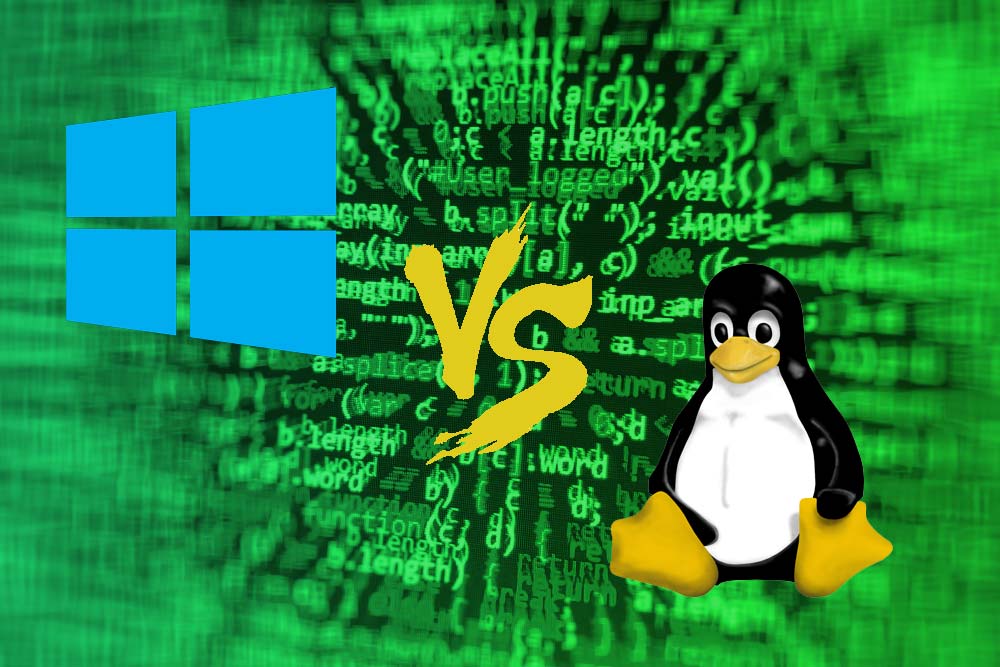Windows users now able to run Linux apps and distros natively
Microsoft announced the general availability of Windows Subsystem for Linux, bringing native Linux capabilities to Windows 10 for the first time via the Microsoft Store


Microsoft has made its Windows Subsystem for Linux (WSL) generally available, widening the number of Windows users that can now run Linux apps natively.
Windows 10 and Windows 11 users can now download WSL from the Microsoft Store to run Linux distros and Linux GUI apps without the need for virtualisation software.
RELATED RESOURCE

The Total Economic Impact™ Of Turbonomic Application Resource Management
Business benefits and cost savings enabled by IBM Turbonomic Application Resource Management
The launch marks a major milestone for the project that's been in development for years. WSL can be downloaded from the Microsoft Store provided the user is running Windows 10 version 2004 or higher.
With WSL now being on the Microsoft Store, it's expected that users will receive faster updates to the subsystem rather than having to wait for an update to the Windows operating system itself.
Users of Windows 10 will also be able to use Linux GUI applications with the Microsoft Store version for the first time, a feature previously reserved only for Windows 11.
"Today the Windows Subsystem for Linux (WSL) in the Microsoft Store is dropping its "Preview" label and becomes generally available with our latest release," said Craig Loewen, program manager at Windows Developer Platform in a blog post.
"We are also making the Store version of WSL the default for new users who run wsl --install and easily upgradeable by running wsl --update for existing users. In response to the WSL community's requests, WSL in the Store will now also be available on Windows 10 in addition to Windows 11. So, Windows 10 users will also be able to enjoy all of the latest features for WSL, including systemd and Linux GUI app support!"
Get the ITPro daily newsletter
Sign up today and you will receive a free copy of our Future Focus 2025 report - the leading guidance on AI, cybersecurity and other IT challenges as per 700+ senior executives
WSL was released by Microsoft in 2018 as a compatibility layer enabling Windows users to run Linux binaries on their systems either natively, or via Windows 10 command prompt and PowerShell. In 2021, Microsoft made Windows Subsystem for Linux a Windows 11 app.
More information on installing and launching Linux GUI apps can be found on the official WSLg GitHub page, while a separate Microsoft page provides instructions for installing Linux on Windows using WSL.
Josep Prat, open source engineering director at Aiven, told IT Pro that making WSL generally available is “great news” for the developer community.
“Linux systems, or Unix-compatible ones for that matter, provide an excellent set of command-line tools that make developer’s lives easier. Developers appreciate its portability, knowing that scripts working on their system would also work on production systems, which are almost exclusively Linux based,” he said.
“We need to acknowledge that Linux systems, despite having great command line tools, were not always the most UX-friendly ones. With general availability for WSL under Windows, developers can now enjoy all the power of Linux command line tools while having an operating system with 'batteries included' when it comes to UX and ease of use. Kudos to Microsoft for investing in Linux and Windows interoperability.”
Rene Millman is a freelance writer and broadcaster who covers cybersecurity, AI, IoT, and the cloud. He also works as a contributing analyst at GigaOm and has previously worked as an analyst for Gartner covering the infrastructure market. He has made numerous television appearances to give his views and expertise on technology trends and companies that affect and shape our lives. You can follow Rene Millman on Twitter.
-
 Should AI PCs be part of your next hardware refresh?
Should AI PCs be part of your next hardware refresh?AI PCs are fast becoming a business staple and a surefire way to future-proof your business
By Bobby Hellard Published
-
 Westcon-Comstor and Vectra AI launch brace of new channel initiatives
Westcon-Comstor and Vectra AI launch brace of new channel initiativesNews Westcon-Comstor and Vectra AI have announced the launch of two new channel growth initiatives focused on the managed security service provider (MSSP) space and AWS Marketplace.
By Daniel Todd Published
-
 Tiny11 review: Windows 11 with only 2GB of RAM
Tiny11 review: Windows 11 with only 2GB of RAMReview A version of Windows 11 for older machines that don't meet the full requirements
By Nik Rawlinson Published
-
 Red Hat Enterprise Linux becomes foundational operating system for Cohesity Data Cloud
Red Hat Enterprise Linux becomes foundational operating system for Cohesity Data CloudNews New strategic partnership between Red Hat and Cohesity aims to drive innovation in the data security and management space
By Daniel Todd Published
-
 Ubuntu shifts to four-week update cycle
Ubuntu shifts to four-week update cycleNews Critical fixes will also come every two weeks, mitigating the issues involved with releasing prompt patches on the old three-week cadence
By Richard Speed Published
-
 AlmaLinux follows Oracle in ditching RHEL compatibility
AlmaLinux follows Oracle in ditching RHEL compatibilityNews Application binary compatibility is now the aim with 1:1 now dropped
By Richard Speed Published
-
 How big is the Windows 10 cliff-edge?
How big is the Windows 10 cliff-edge?ITPro Network With some comparing the upcoming Windows 10 end of life to Windows XP, we ask members of the ITPro Network for their insight
By Jane McCallion Published
-
 Everything you need to know about the latest Windows 11 updates - from bug fixes to brand-new features
Everything you need to know about the latest Windows 11 updates - from bug fixes to brand-new featuresNews Two new cumulative updates are on the way and will be installed automatically on Windows 10 and Windows 11 machines
By Rory Bathgate Published
-
 How to download a Windows 11 ISO file and perform a clean install
How to download a Windows 11 ISO file and perform a clean installTutorial Use a Windows 11 ISO to install the operating system afresh
By John Loeppky Published
-
 We could all benefit from better Windows and macOS accessibility features
We could all benefit from better Windows and macOS accessibility featuresOpinion Today’s accessibility features can help you work through a nasty injury, but there’s still plenty of room for improvement
By Barry Collins Published